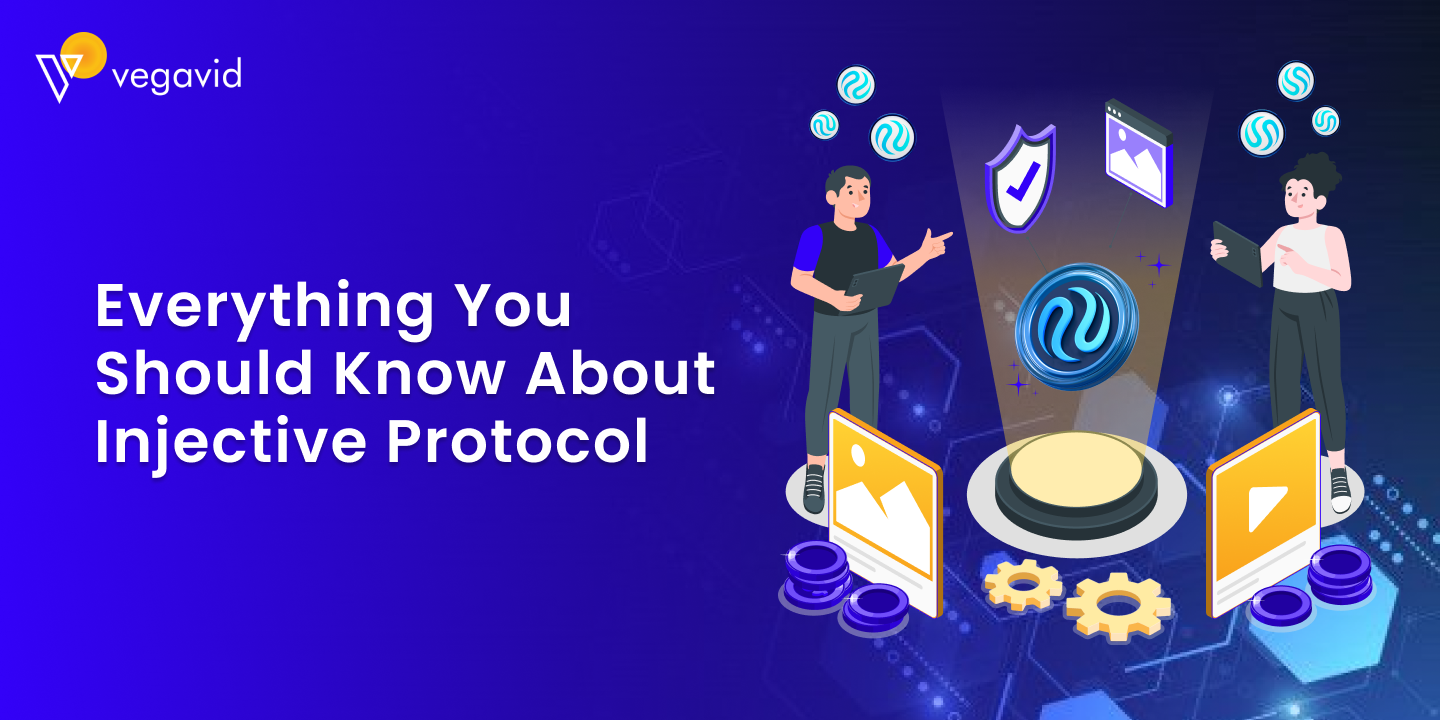
The world of Decentralized Finance (DeFi) is brimming with innovation, offering alternatives to traditional financial instruments and systems. One protocol at the forefront of this revolution is Injective Protocol, a blockchain project specifically designed to facilitate secure and efficient decentralized exchange (DEX) functionalities with a focus on derivatives trading.
This comprehensive guide dives into everything you need to know about Injective Protocol, exploring its core functionalities, the technology behind it, its role in the DeFi landscape, and its potential future.
What is Injective Protocol?
Launched in 2021, Injective Protocol is a layer-1 blockchain built using the Cosmos SDK and Tendermint’s consensus mechanism. Unlike many other DeFi protocols that rely on existing blockchains like Ethereum, Injective boasts its own dedicated blockchain infrastructure. This focus on a custom blockchain allows Injective to optimize features specifically for decentralized exchange functionalities, aiming for faster transaction speeds, lower fees, and a wider range of financial instruments compared to traditional DEXes.
Key Features of Injective Protocol:
- Decentralized Exchange (DEX): Injective’s core functionality lies in its user-friendly DEX, enabling peer-to-peer margin trading of various cryptocurrencies and derivatives. Users can trade spot markets, perpetual swaps, and futures contracts, and even create custom prediction markets.
- Interoperable and EVM-Compatible: Injective stands out for its interoperability with the Ethereum Virtual Machine (EVM). This allows developers to easily deploy existing Ethereum-based dApps (decentralized applications) onto the Injective chain, fostering innovation and expanding the protocol’s ecosystem.
- Instant Settlement and Faster Transactions: By leveraging its own blockchain infrastructure, Injective achieves faster transaction speeds and instant finality compared to DEXes built on congested blockchains like Ethereum. This is crucial for smooth derivatives trading, where timely execution is essential.
- Native Orderbook Infrastructure: Unlike some DEXes that rely on external oracles for price feeds, Injective features a built-in orderbook infrastructure. This on-chain order book ensures transparency, minimizes the risk of manipulation, and allows for complex order types typically seen in traditional finance.
- Fair Price Discovery: Injective’s orderbook system and decentralized matching engine promote fair price discovery through an open and competitive marketplace. Users benefit from transparent price feeds and minimized slippage during trades.
- Staking and Governance: The Injective Protocol utilizes a native utility token called INJ. Users can stake INJ tokens to participate in network governance, earn rewards, and secure the blockchain through a Proof-of-Stake (PoS) consensus mechanism.
Injective vs. Traditional DEXes:
Traditional DEXes built on Ethereum or other blockchains often face challenges like scalability issues leading to slow transaction speeds and high fees. Injective addresses these limitations by:
- Faster Transactions and Lower Fees: Injective’s dedicated blockchain architecture prioritizes transaction speed and cost-effectiveness for a smoother trading experience.
- Wider Range of Financial Instruments: Beyond spot trading, Injective offers derivatives like perpetual swaps and futures contracts, catering to a wider range of trading strategies.
- Enhanced Security: Injective’s PoS consensus mechanism offers a robust security layer for user funds and smart contracts.
The Injective Ecosystem:
Injective is more than just a DEX; it’s a growing ecosystem of DeFi applications and services built on top of its blockchain. Here’s a glimpse into some key players:
- Helix: Injective’s flagship DEX offers a user-friendly interface for spot and derivatives trading.
- Hydro Protocol: Provides liquidity solutions with Real Yield Assets (RYA), combining real-world and crypto assets for optimized yield strategies within the Injective ecosystem.
- Cosmos Interoperability: Injective actively fosters interoperability with the Cosmos ecosystem, allowing seamless transfer of assets and data between different Cosmos-based blockchains.
The Future of Injective Protocol:
Injective Protocol is constantly evolving, with a roadmap focused on:
- Scalability Enhancements: The team is continuously exploring Layer 2 scaling solutions to improve transaction speed and user capacity further.
- Cross-Chain Integrations: Expanding bridge integrations with other blockchains to enhance asset transferability and user reach.
- Mobile App Development: Bringing the Injective experience to mobile devices for greater accessibility and convenience.
- Community Growth: Building a strong developer and user community to foster innovation and adoption within the Injective ecosystem.
In Conclusion:
Injective Protocol stands as a prominent player in the DeFi landscape, offering a secure, fast, and feature-rich decentralized exchange platform specifically designed for derivatives trading. With its unique blend of a dedicated blockchain, interoperability, and a growing ecosystem, Injective has the potential to grow.











